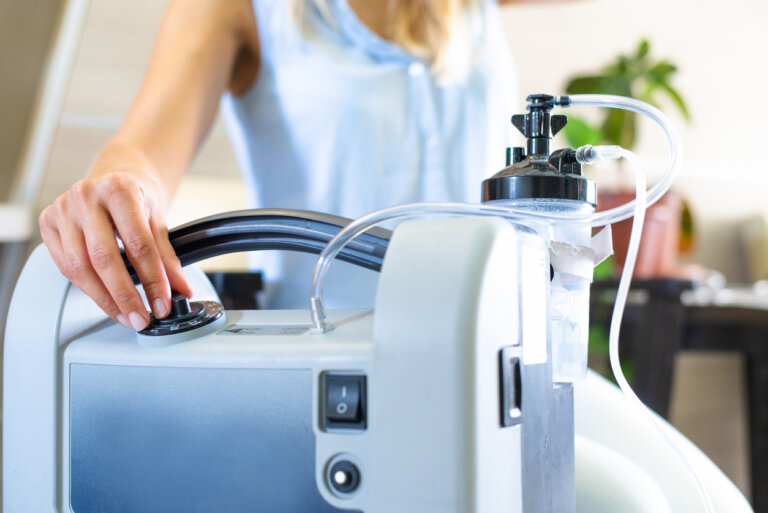Lawsuits over medical devices usually focus on design defects or manufacturing defects, so it is essential to understand what these terms mean. A design defect means that, even if manufactured perfectly according to plan, the item has a fatal flaw because of problems with the design.
A manufacturing defect means that the item failed because the manufacturer did not make the item as designed. A medical device litigation attorney could answer your questions about understanding the difference between design defects and manufacturing defects in medical device litigation.
Design Defects and Medical Devices
A medical device might have a design defect if, when manufactured exactly according to the design, the medical device fails when used as intended. No matter how well the manufacturer assembles the item, it has a flaw that can cause it to fail and harm the consumer.
When the maker of a medical device with a design flaw becomes aware of the defect, they should pause production of the product while they look for a way to correct the flaw. Also, depending on the circumstances, they should recall the items in the marketplace and warn consumers and healthcare professionals.
Medical Devices with Manufacturing Defects
Manufacturing defects should get caught before leaving the production facility if the manufacturer uses rigorous quality control processes, but not all manufacturers of medical devices do so. As a result, consumers can get injured by medical devices that have manufacturing flaws or defects.
Manufacturing defects can include the following:
- The manufacturer did not follow the correct specifications of the design. These specifications could be about the sizes of various parts of the medical device. When a component is made with slightly different dimensions than those in the product design, the device can fail because of the failure.
- The manufacturer used sub-standard components or materials. This usually happens when the maker tries to decrease costs to increase profits. Let’s say that the device design specified the use of metal parts for durability, but the manufacturer used cheaper plastic parts that cracked or fractured under the stress of the device’s intended use. That deviation from the design is a manufacturing defect.
- At some point in the manufacturing process, a contaminant got introduced into the device. This can happen when formulating prescription drugs. The supplier of chemical compounds used in making a drug could unwittingly provide a chemical that contains dangerous contaminants that make the final formulation defective.
- Deviations from the design that result from human error during the manufacturing process can be manufacturing defects.
It could make or break your case if you do not correctly identify the type of defect in the medical device.
Defective Warnings for Medical Devices
A medical device should include adequate warnings for healthcare professionals and consumers about known risks of the device. For example, if the device maker knows that people with insulin-dependent diabetes are not good candidates for the product, the safety information, instructions for use, and marketing should contain adequate warnings about this problem.
Litigation about medical device defects is expensive and sophisticated. Manufacturers of defective medical devices that have harmed people have the resources to defend against product liability claims aggressively. You do not have to fight the manufacturer and their insurer by yourself. You can talk to a medical device litigation attorney about handling your injury claim. We offer a free initial consultation with no obligation. Contact us today for help with your case.

